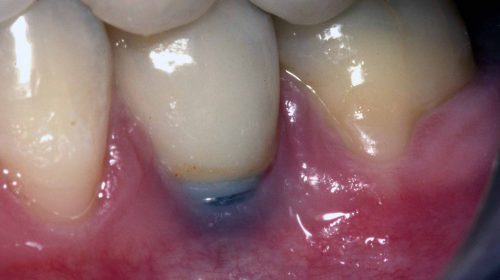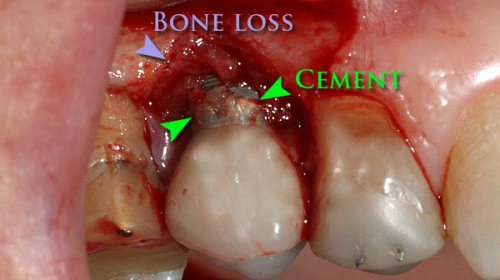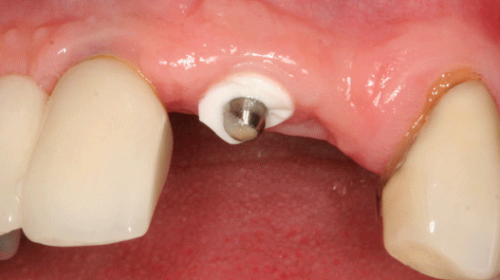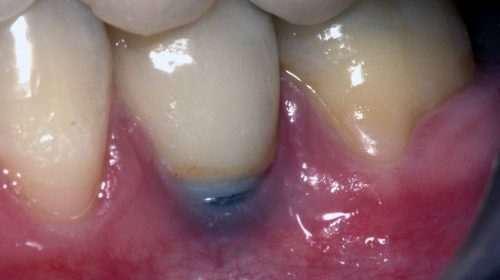There are many patients who experience much success with endosseous (within bone) dental implants. Despite the long life of dental implants, some implant-related complications do occur, which can be grouped as Biological, Technical and Esthetic.
Indications and contraindication of dental implants
Here we will discuss the implant-related complications
1-Biological complications
These are related to peri-implant supporting soft and hard tissue. Changes in soft tissue results in inflammation and proliferation, which may not be a very serious problem. But it gets problematic when the bone is involved.
The biological complications which we see are-
- Inflammation and proliferation
- Dehiscence and recession
- Peri-implantitis and bone loss
- Implant loss and failures
Inflammation and proliferation
Inflammation around the implant is similar to other inflammatory responses of gingival and periodontal tissue. The clinical appearance will be similar as well i.e. redness, swelling, and edema.
Dehiscence and recession
It occurs when the bone supporting the implant is lost. It is a very common complication after implant placement and should be anticipated when soft tissue is thin and not well supported.

Peri-implant soft tissues are dependent on the bone for support. the thickness of soft tissue plays a major role in soft tissue height around the implant. But due to lack of supracrestal fibers to aid soft tissue support, the soft tissue height is generally not seen more than 3-4 mm and can result in a recession of gingiva after a bone loss.
Peri-implantitis and bone loss

It is an inflammatory process affecting the tissue around the osseointegrated implant in function, resulting in loss of supporting bone.
Implant loss or failure
Implant failure is generally relative to the time of placement of the restoration.
Early implant failure which occurs before placement of the restoration, may be caused due to weak osseointegrated movement of the implant, infection, or delayed wound healing.
Late implant failure occurs after the restoration. It may be because of overloading or infection.
2 – Technical or mechanical complications
These occur when the materials are not able to resist the load given to them. It may result in prosthetic complications, loosening of implant, fracture and failed restoration.
Screw loosening
It has been reported to occur quite frequently in screw-retained FPDs. Single crowns are more prone to this type of complication.
Implant fracture

The ultimate mechanical complication is the fracture of the implant. Causes of the fracture are-
- Design of implant and materials
- Ill-fitted prosthesis
- Physiological or biomechanical overloading
Patients with bruxism are at a higher risk in these cases.
Fracture of restorative material
It is also a very significant problem after implant placement.

3 – Esthetic and phonetic complications
- Esthetic complications
These occur when patient expectations are not met. It may vary from patient to patient. If the crown shape, form, gingival harmony and dimensions around the implant are not ideal, then the patient may consider it as a complication, because the result doesn’t meet the patient’s expectations.
- Phonetic problem
If the prostheses are fabricated with unusual contour and space, it may create phonetic problems. It is usually seen in full arch rehabilitation. In this case, you need to tell your problems to your dentist.

